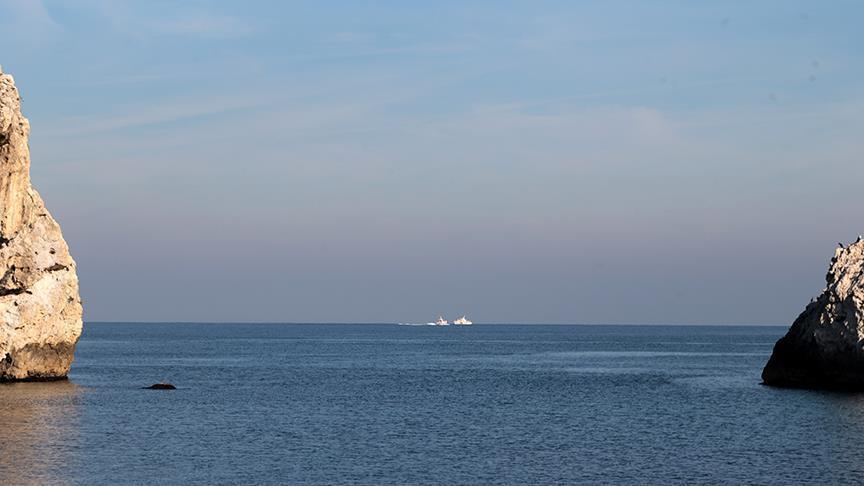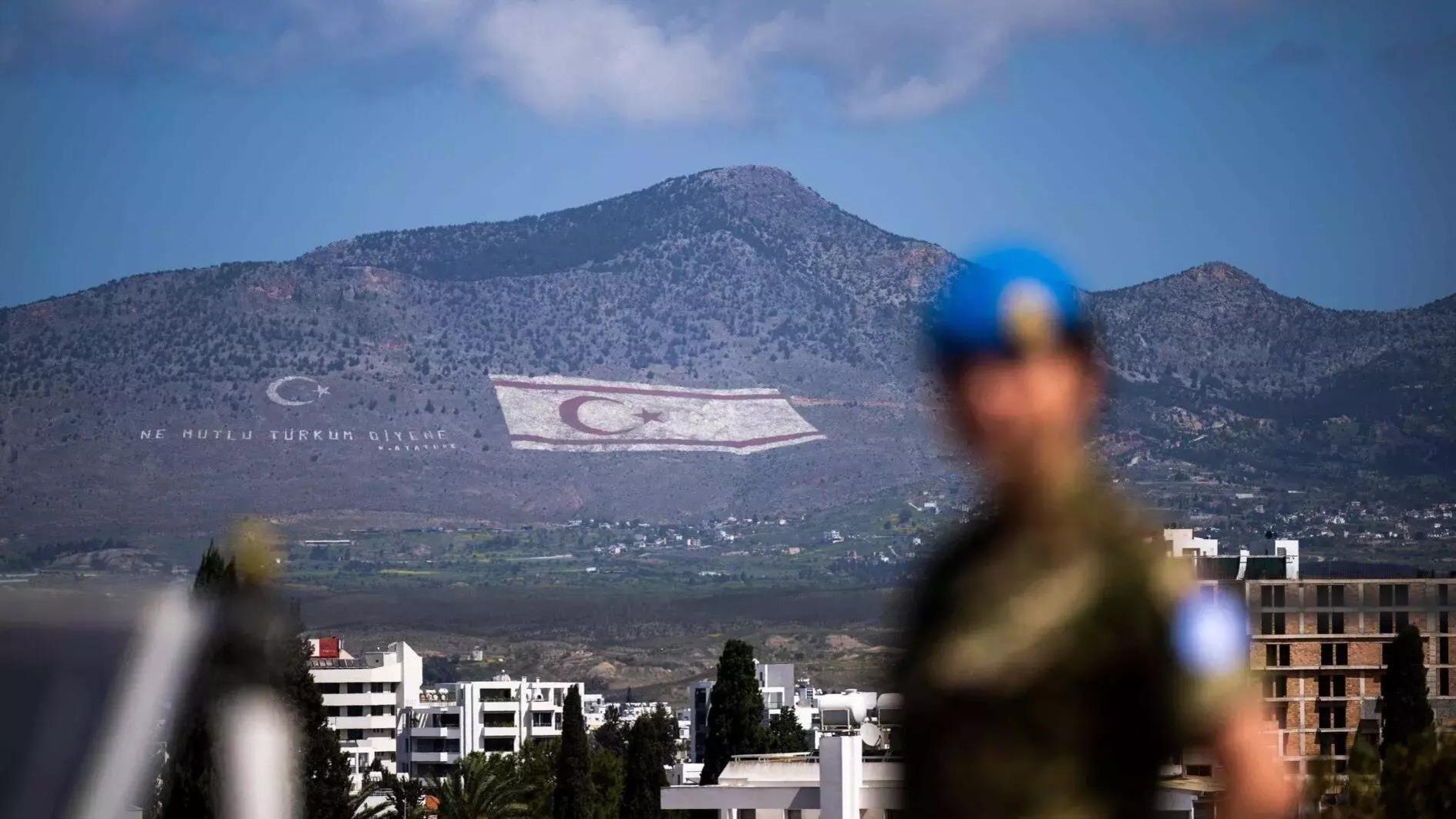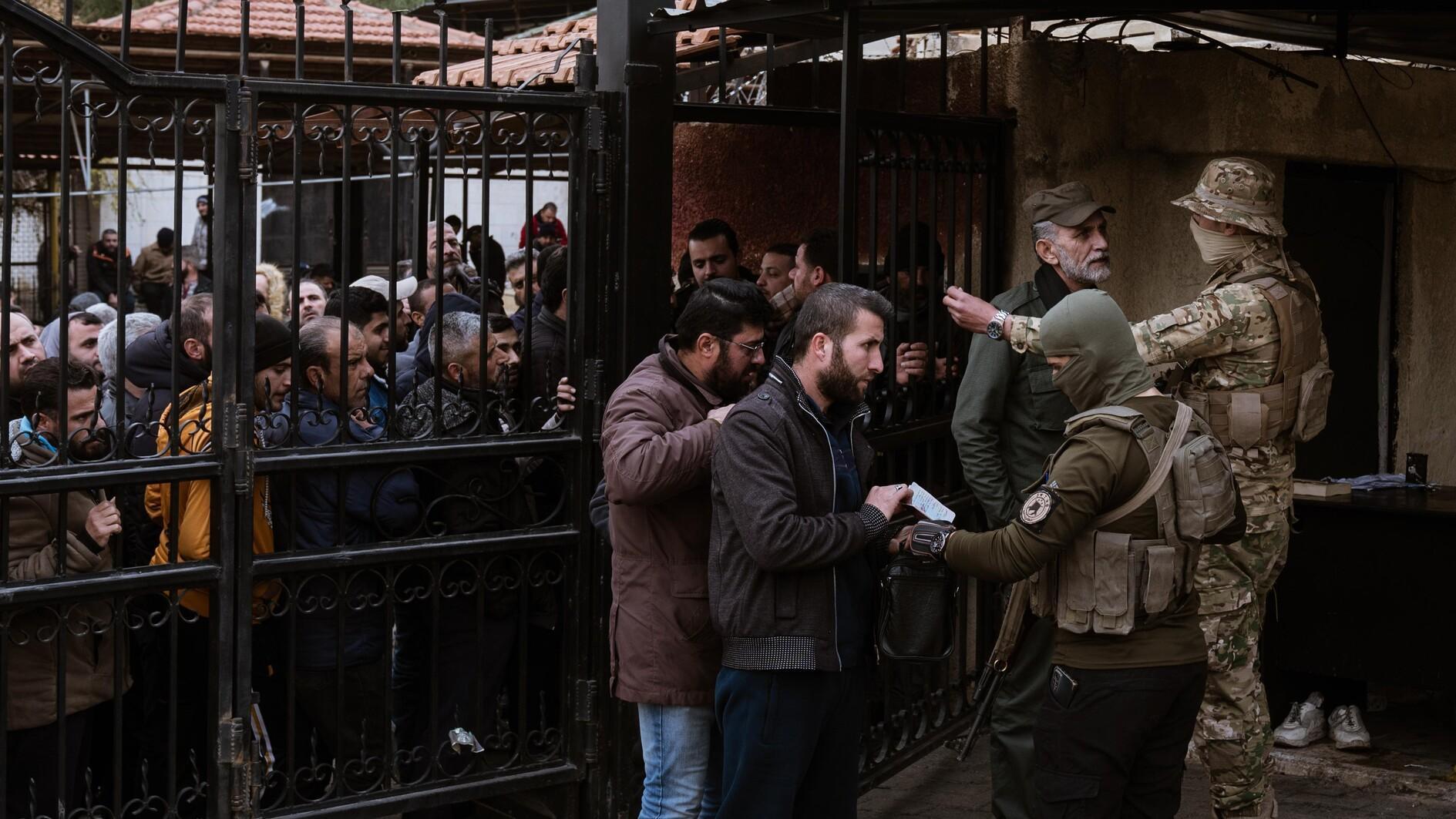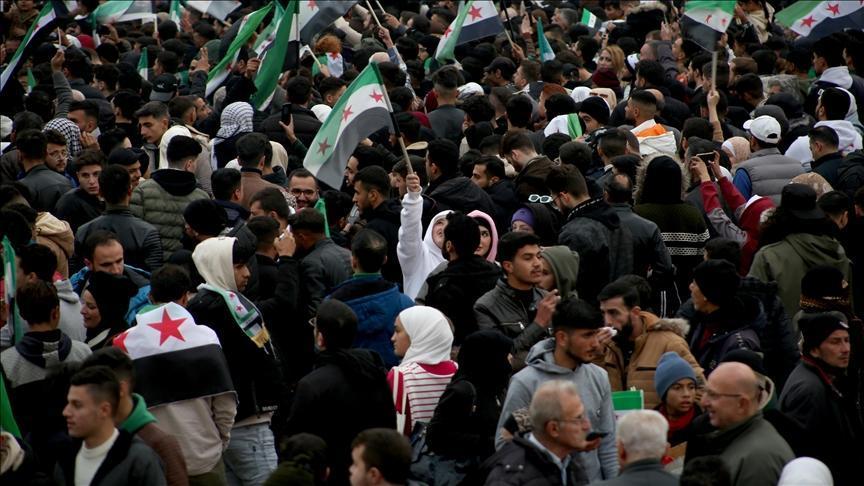Gulf electricity-sharing grid looks at growing to Turkey
ABU DHABI - Reuters

REUTERS Photo
Arab countries of the Persian Gulf is planning to ramp up emegrency power network capacity by 2019 and looking to link the grid to Egypt and Turkey.A unified Gulf Arab electricity grid created to share capacity in emergencies is set for expansion by 2019 with an estimated investment of up to $420 million due to rising consumption, an official of the overseeing authority has said.
The grid has been working since 2009 with trading touching the equivalent of 800,000 megawatt-hours annually, said Ahmed al-Ebrahim, chief operating officer of the Dammam-based Gulf Cooperation Council Interconnection Authority (GCCIA).
“In around five years in 2019 we will need to expand the grid as consumption is increasing around six to ten per cent a year,” he told reporters.
“We have started initial studies for it and we hope to start the project soon. The study will be complete in around two years.”
The current total capacity of the Gulf Cooperation Council (GCC) grid is 1,200 MW, the maximum power that can be transferred to any country at any time.
The cost of expansion could be about 20 or 30 per cent of the initial $1.4 billion cost of building the grid, he said. That works out at up to $420 million.
GCC member states — Kuwait, Saudi Arabia, Bahrain, Qatar, the United Arab Emirates and Oman — are all part of the grid.
They shared the cost of constructing the grid based on the benefits they would accrue from it.
Each state maintains a minimal reserve level in the grid to support one another in times of emergencies.
The usage has varied from state to state depending on their needs, but the biggest was when a state faced a deficit of 3,000 MW, he said, declining to name the country.
“More than 1,100 emergency situations have been faced in the past five years in which there would have been power cuts if it weren’t for the grid,” said Ebrahim.
Electricity demand in the Gulf states peaks in the summer months of June-August, while there is surplus power during the rest of the year which can be exported outside the region.
The interconnection will also enable the six Gulf states to establish an energy trading market and in the long term link with Europe, he said.
Saleh al-Awaji, the Saudi deputy electricity minister, said a link to Europe could be established through Turkey.
“Now we are at the stage of negotiations and discussions with the Turkish authorities in order to have a first phase connecting the regional network with Turkey,” Awaji told a meeting of the GCCIA.
The first phase of that project would involve a 5,000 MW capacity line which could potentially be doubled in a later phase, Awaji said.
Consumption in Europe peaks in winter, when the Gulf has excess capacity.
“This is why we expect to have good trading opportunities with the European market,” he said.
In the shorter term, the GCC grid aims to connect with the Egyptian network through Saudi Arabia. The two countries plan a power grid that will allow them to share up to 3,000 MW.
Awaji said bidding for that project would be launched in early 2015 and he expected it to be in operation by 2018
















